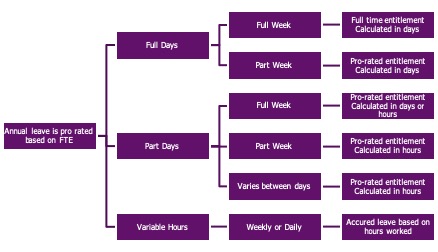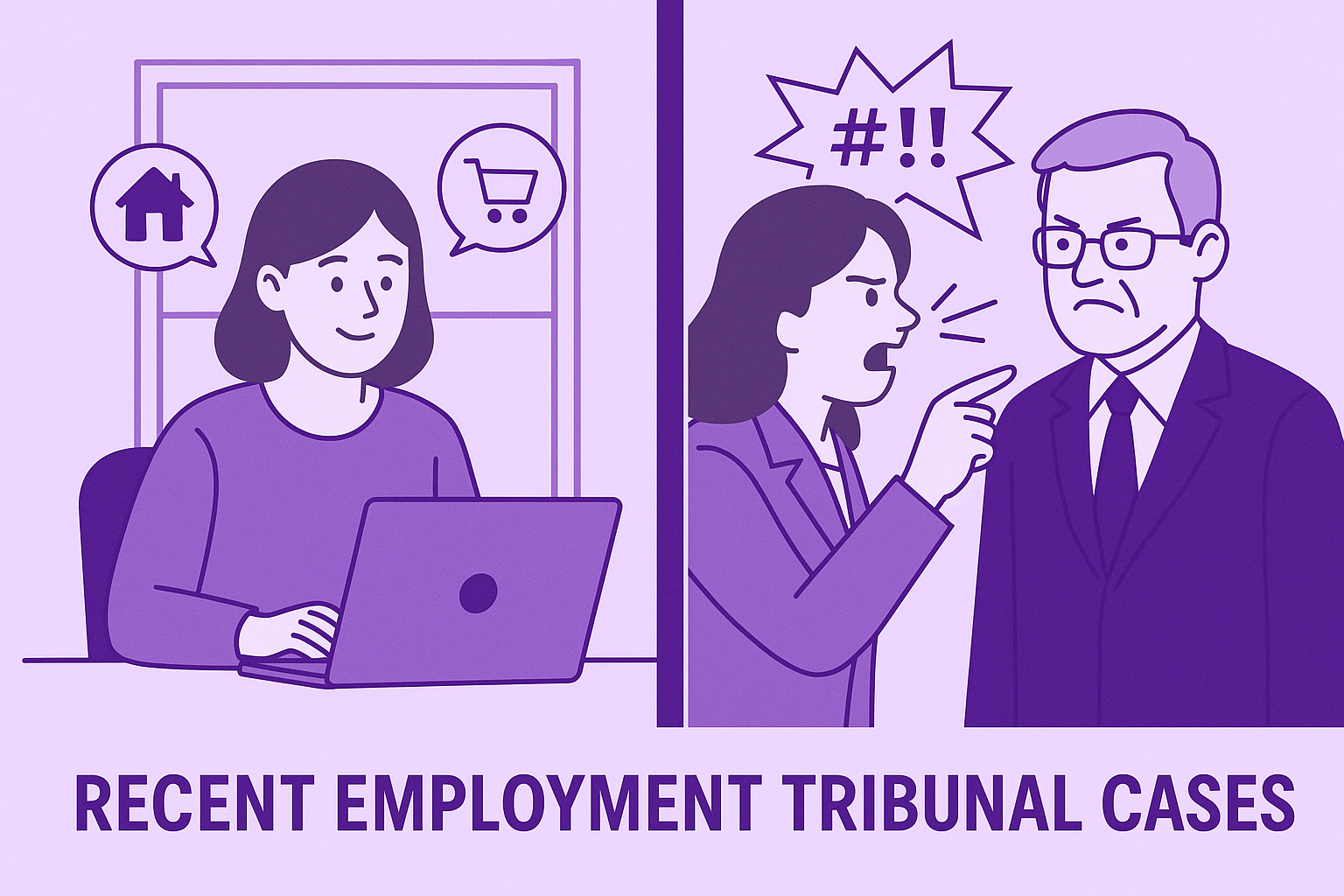The Background
Due to the 75th anniversary of VE day in 2020, the Government have announced a nationwide change to Bank Holidays next year.
May Day is usually the first Monday in May, but in 2020, to coincide with National VE Day commemorations, the Bank Holiday is being moved to Friday 8th May.
The Implications for Businesses
How this affects your business will depend on several factors:
- Whether your business is usually open on a bank holiday
- Whether you have part time employees in the business
- How you calculate annual leave for part time employees
As this is a direct swap of days, there is no need to calculate full time entitlements any differently. There will still be 8 public and bank holiday days which all employees are entitled to on either a full time or part time basis.
Working on Bank Holidays
If you are an organisation which is usually open on a Bank Holiday such as retail, hospitality or the emergency services, then your normal holiday policy will probably cover you for any variation in days. What you need to be mindful of is the actual days any shift workers are scheduled to work and what actually comes out of their holiday allowance.
Part-time Employees
Part time employees have the right not to be treated any more or less favourably than full time employees and therefore their annual leave entitlement must be pro-rated depending on the number of hours they actually work.
If a full-time employee in your business works 35 hours and is entitled to 28 days annual leave, including public and bank holidays, then a part time employee working 3 full days (Monday – Wednesday) will be entitled to 0.6 of the full-time entitlement i.e. 16.8 days.
However, if the part time employee is working 4.20 hours a day 5 days a week, then they are also working 21 hours a week and are also a 0.6 full time equivalent, but they are entitled to 28 of their working days.
On that basis, if the annual leave hours for both of these employees is converted into hours, then both employees are entitled to 117.6 hours of leave per year.
If either one of these employees has a day off, whether it is for annual leave or due to a bank holiday, the number of hours the employee usually works on that day is deducted from their total annual leave entitlement – it all comes out of a single pot of leave.
Sticking with the examples above, in a normal bank holiday year, our 3 day a week employee would use 7 hours (or 1 day) of leave entitlement for May Day. However, in 2020, as they do not work on a Friday, they will not ‘use’ any of their annual leave entitlement.
Our 4.2 hours a day, 5 days a week employee will still need to use 4.2 hours of annual leave that week because they now have Friday off, instead of Monday.
Let’s look at a 3rd employee here. This employee also works 3 full days (21 hours) but they work Wednesday, Thursday and Friday. For most Bank Holidays, they do not need to use any of their annual leave entitlement, as they do not work on a Monday (at least 4 out of 8 Bank Holidays fall on a Monday). However, in 2020, they will need to use 7 hours of their annual leave entitlement on 8th May.
We now have a 4th employee. This one works 5 hours on a Monday, Tuesday and Wednesday and 3 hours on a Thursday and Friday. They work a total of 21 hours and are therefore a 0.6 FTE. Their leave entitlement for the year is 117.6 hours. If they are not working on a Bank Holiday falling on a Monday, 5 hours are deducted from their annual leave entitlement. For a Bank Holiday falling on a Friday, 3 hours are deducted from their annual leave entitlement if they are not working on this day.
The following summarises the way in which employees’ annual leave entitlement can be calculated.

Alternative to using annual leave entitlement for Bank Holidays
For some part time employees, there may be an alternative way to handle annual leave for Bank Holidays. It will depend on the nature and needs of your business and the flexibility of your part time employees.
A part time employee can ‘swap days’ in a week where a Bank Holiday falls resulting in a zero deduction from their annual leave entitlement. So with employee 3 above, instead of using 7 hours of annual leave on 8th May, they could change their working day that week to Tuesday, Wednesday and Thursday.
For the part time employee working 4.2 hours a day, they could work the extra time over a couple of days earlier that week to make up the time that they would otherwise use on the Friday, annual leave which can not be used another time.
A couple of precautions with this approach:
- If this is going to be your approach to Bank Holidays, it has to be available to all part time employees, regardless of their working pattern. They may not take up the offer, but to avoid risks of discrimination, it must be offered to all part time employees across your business.
- Good record keeping is essential to avoid any doubt at a later stage. You may need to keep manual notes or use a TOIL facility on your time and attendance system.
- It is going to be hard for full time employees to make up their hours unless you operate a shift system, so care should be taken to ensure that only actual entitlement is used and no extra entitlement is given to part time employees, otherwise your full time employees will have a legitimate complaint.
Where you might get caught out
There may be an issue here for employers who do not properly calculate annual leave entitlements for part time employees.
We know that some of our clients (wrongly) give part time employees the same bank holiday entitlements as their full-time counter parts.
To ensure equity, consistency and non-discrimination against your full time employees, it is essential that part time annual leave entitlements for bank holidays are correctly pro-rated.
Key points to remember regarding annual leave for Bank Holidays
- Decide on a policy
- Ensure it is not discriminatory in any way
- Communicate the policy clearly as early as possible and regularly over time leading up to May 2020
So how else might this cause a problem and what can you best do about it?
Given that this change is less than a year away, it may already have caused upset to employees who have plans.
Examples might include:
- An employee intended to get married on May Day, 4th May 2020 and had invited everyone in the office to their wedding
- An employee has booked time off for a family holiday and now needs to move it
Our best advice here is be practical. Identify the actual problem and work with those affected to resolve it in the interests of all parties. However, do be aware that any decision you take must not show favouritism or discriminate in any way. Be consistent. Ask anyone with a known problem to discuss it with you by a certain date and then take a decision based on all the information you have.
Other considerations for VE Day commemorations
While this has been announced as a commemoration and celebration weekend, you need to be mindful of any sensitivities within your workplace. Not everyone will see the victory in Europe as a victory. People may have their own sensitivities, perhaps because of their heritage, perhaps because of lost family members.
While there are 20,000 pubs encouraging people to raise a glass and toast the war heroes and church bells will peal across the country in a ‘Ringing out for Peace’, you may want to think about how your business might join in with these commemorations. Ask your staff, get ideas and feedback from them and then involve them in any you can.
Further help and advice
If you need help with any of the issues raised above, our HR advisors are available to assist and can be contacted on 01923 866040 or by emailing [email protected]



